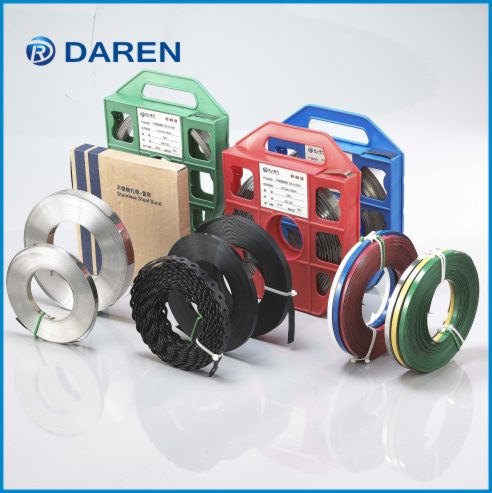The stainless steel strip is simply an extension of the ultra-thin stainless steel plate. It is mainly a narrow and long steel plate produced to meet the needs of different industrial sectors for the industrial production of various types of metal or mechanical products.
There are many types of stainless steel belts, which are widely used: 201 stainless steel belt, 202 stainless steel belt, 304 stainless steel belt, 301 stainless steel belt, 302 stainless steel belt, 303 stainless steel belt, 316 stainless steel belt, J4 stainless steel belt, 309S stainless steel belt, 316L stainless steel belt, 317L stainless steel belt, 310S stainless steel belt, 430 stainless steel iron belt, etc.! Thickness: 0.02mm-4mm, width: 3.5mm-1550mm, non-standard can be customized!
Stainless steel with domestic (imported) stainless steel strips: stainless steel coils, stainless steel spring strips, stainless steel stamping strips, stainless steel precision strips, stainless steel mirror strips, stainless steel cold-rolled strips, stainless steel hot-rolled strips, stainless steel etching strips, stainless steel tensile strips, stainless steel Polishing belt, stainless steel soft belt, stainless steel hard belt, stainless steel medium hard belt, stainless steel high temperature resistant belt, etc. [1]
Cold rolled strip
① Using “stainless steel strip/coil” as raw material, it is rolled into a product by a cold rolling mill at room temperature. Conventional thickness <0.1mm~3mm>, width <100mm~2000mm>;
②["Cold-rolled steel strip/coil"] has the advantages of smooth surface, flat surface, high dimensional accuracy and good mechanical properties. Most of the products are in coils and can be processed into coated steel sheets;
③Cold-rolled stainless steel strip/coil production process: ⒈pickling→⒉normal temperature rolling→⒊process lubrication→⒋annealing→⒌flattening→⒍finish cutting→⒎packing→⒏to the customer.
Hot rolled strip
① The hot rolling mill produces strip steel with a thickness of 1.80mm-6.00mm and a width of 50mm-1200mm.
②【Hot-rolled steel strip/thin plate】has the advantages of low hardness, easy processing and good ductility.
③Hot-rolled stainless steel strip/coil production process: ⒈pickling→⒉high-temperature rolling→⒊process lubrication→⒋annealing→⒌flattening→⒍finish cutting→⒎packing→⒏to the customer.
Difference between hot and cold
①The cold-rolled steel strip has good strength and yield ratio, and the hot-rolled steel strip has good ductility and toughness.
②The surface quality, appearance and dimensional accuracy of cold-rolled steel strip are better than those of hot-rolled steel strip.
③The thickness of cold-rolled steel strip is ultra-thin, while the thickness of hot-rolled steel strip is larger.
Silicon Steel Strip
Grain-oriented silicon steel strips are also called cold-rolled silicon steel strips for the telecommunications industry. They are used to manufacture iron cores with a grain-oriented structure of various power transformers, pulse transformers, magnetic amplifiers, and converters with operating frequencies above 400Hz. Silicon steel thin strip larger than 0.20mm.
Cold rolled steel strip
Cold-rolled steel strip for deep drawing is a low-carbon, high-quality carbon structural steel cold-rolled steel strip for deep-drawing complex drawn parts.
delivery status:
It needs to be delivered after heat treatment and flattening.
The surface of the steel strip supply state should be rough or shiny.
Usage: Widely used in industries such as automobiles and tractors.
Structural steel belt
delivery status:
Delivery in the state of heat treatment (annealing, normalizing, tempering after normalizing, high temperature tempering).
The steel strip can be delivered without heat treatment under the condition that its various properties meet the requirements of the standard. Ordinary drawing grade steel strips are allowed to be delivered without heat treatment.
Cold-rolled steel strips are delivered in the state of heat treatment (annealing, normalizing, and tempering after normalizing) and should be delivered smoothly.
Usage: It is widely used in the automobile industry, aviation industry and other sectors with a large amount of use.
Post time: Apr-05-2021







